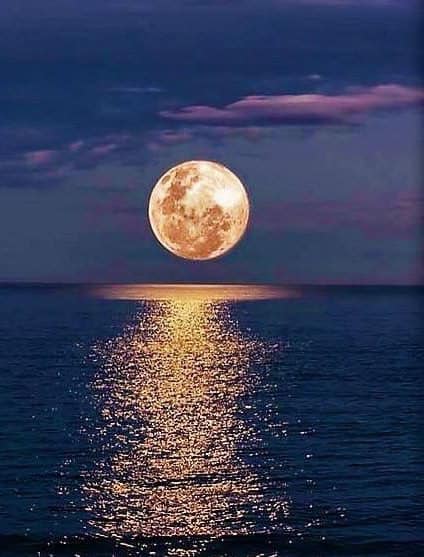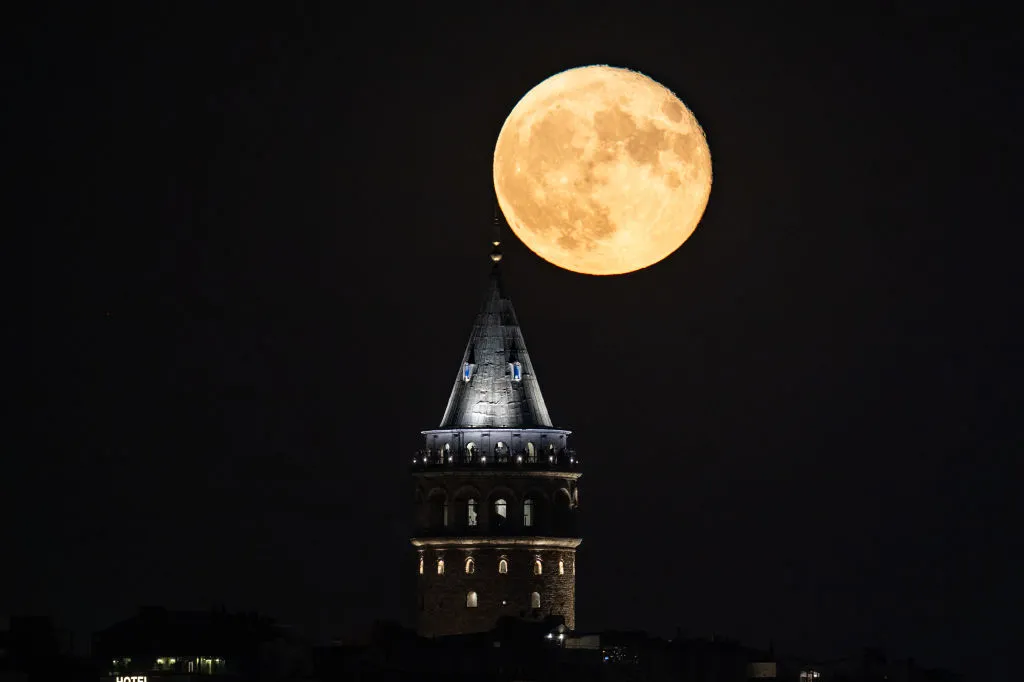
It’s been an incredible month for stargazing, showcasing some of the Universe’s most stunning celestial events.
October 2024 brought a remarkable aurora display and the peak of Comet C/2023 A3, but if you missed those, don’t worry—tonight and tomorrow night, you can enjoy the Super Hunter’s Moon. Plus, on October 19, the almost full Moon will align with the beautiful Pleiades star cluster in the evening sky.
Let’s explore what these terms mean and how to make the most of this event.
The full Moon on October 17 will be this year’s Hunter’s Moon and the largest supermoon of 2024. This full Moon reaches its peak at 12:26 BST (11:26 UT), just 10 hours and 40 minutes after it reaches perigee, the point in its orbit when it’s closest to Earth.
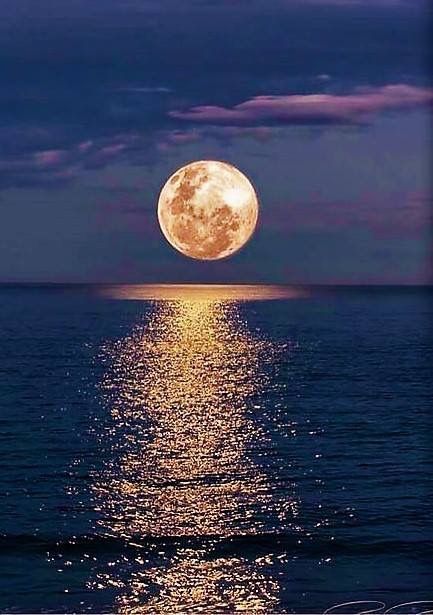
This full Moon is considered a “supermoon” due to its proximity, as the Moon’s orbit is elliptical. Consequently, there are times when it’s closer to Earth than others. While seasoned astronomers prefer the term “perigee full Moon” for accuracy, “supermoon” has gained popularity.
In 2024, there are four supermoons, and the October 17 Moon is the second. It is notable because it will be the closest full Moon to Earth this year, sitting 357,364 km (222,056 miles) away.
The average distance of the Moon at apogee, or when it is farthest from Earth, is about 405,500 km (253,000 miles), which explains why a supermoon might appear larger in the sky.
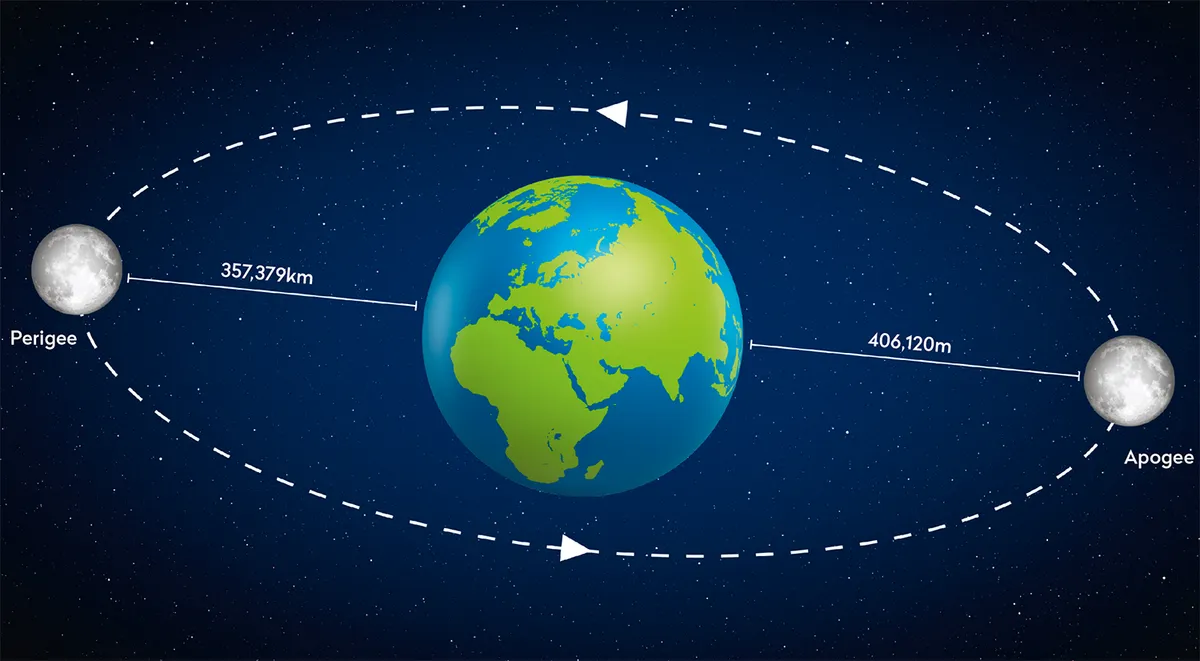
However, will this largest supermoon of 2024 actually look dramatically bigger? Unfortunately, the answer is no. The size difference from month to month is too subtle for the naked eye to notice. To illustrate this, one could photograph each full Moon and create a composite image to show the size variations.
You might perceive the full Moon—supermoon or not—as particularly large when it’s close to the horizon due to the “Moon illusion,” a phenomenon that remains somewhat mysterious. Observing the Super Hunter’s Moon as it rises above the horizon should make it appear larger than usual.
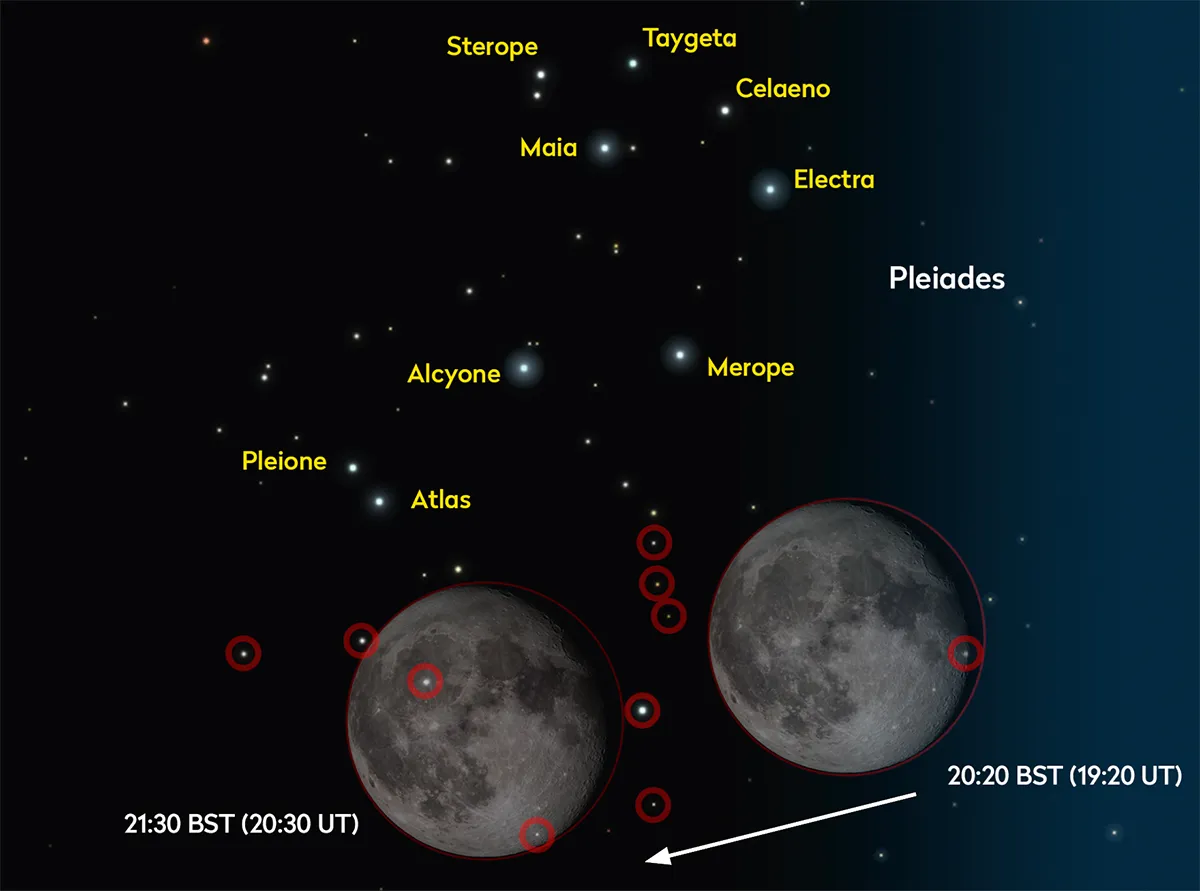
Regardless of the “supermoon” debate, a full Moon is always a stunning sight and worth appreciating. Understanding the science behind it can enhance your experience and allow you to share insights with fellow moon enthusiasts.
So, what about the “Hunter” aspect of the Super Hunter’s Moon? Each full Moon of the year has an informal nickname reflecting the seasonal activities of nature. You’ll come across terms like Wolf Moon, Snow Moon, Worm Moon, or Flower Moon, each tied to the natural cycles of the year.
The Hunter’s Moon specifically refers to the time of year when hunters traditionally become active. The bright October Moon illuminates the night, making it easier for hunters to spot prey that has fattened up in preparation for winter.
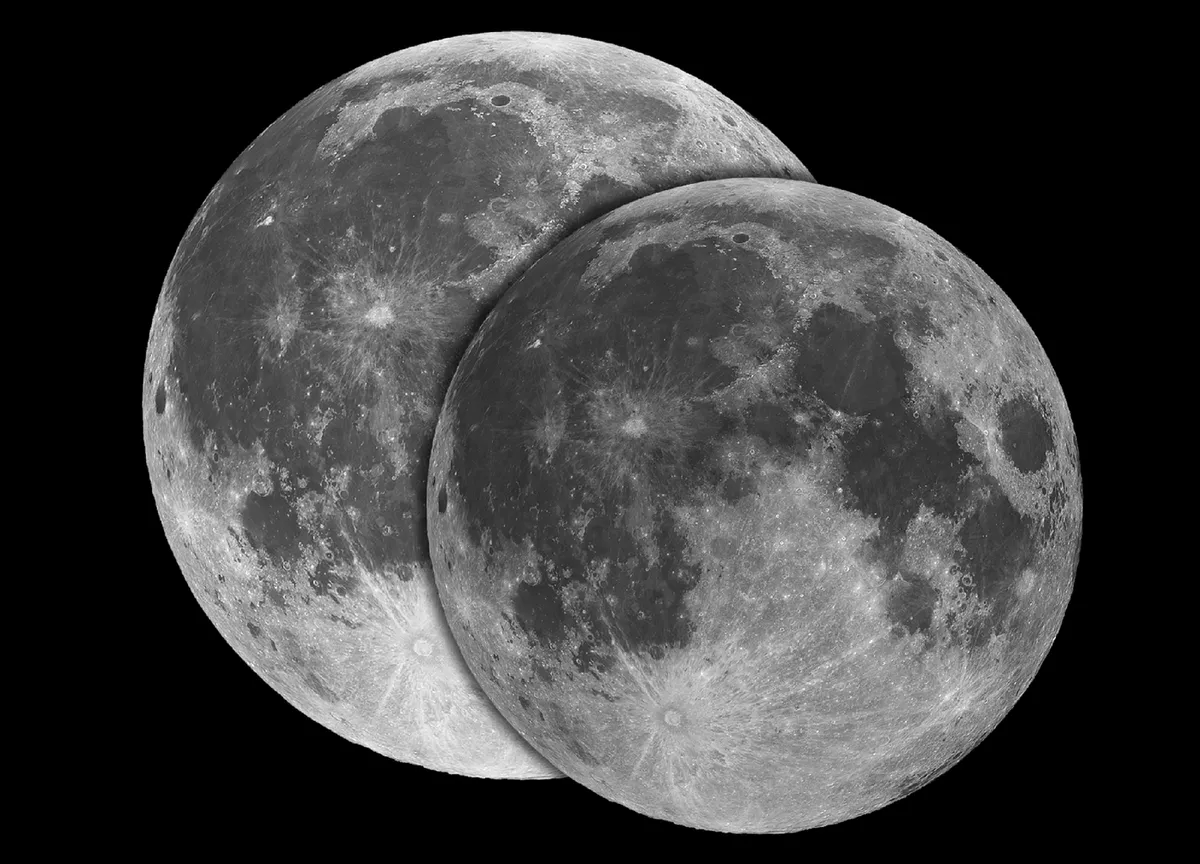
A more intriguing sight may occur two nights later, on October 19, when the Moon passes through the southern part of the Pleiades star cluster. The Pleiades is a striking open star cluster visible to the naked eye, appearing in a mini “plough” shape with a beautiful blue hue.
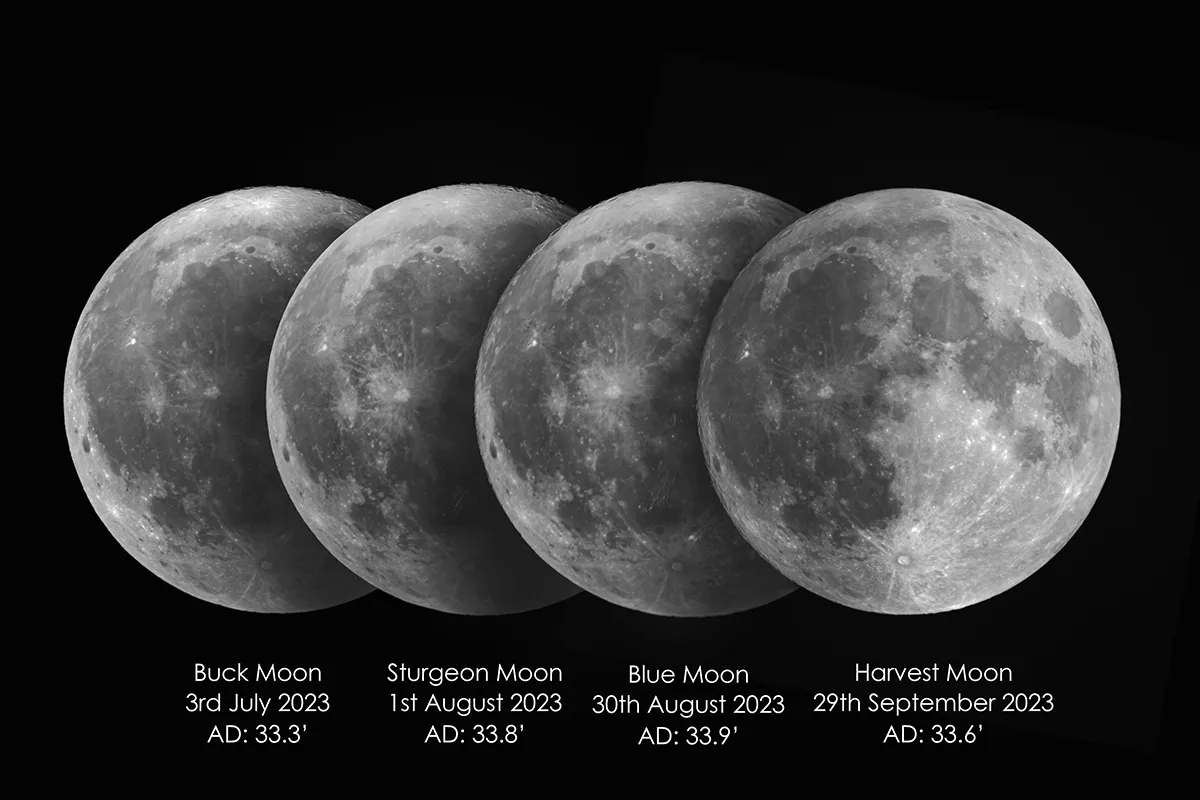
Although the Moon and the Pleiades are not physically close to each other, their alignment in the sky makes them seem near from our perspective on Earth. On October 19, you’ll see the Moon passing close beneath the Pleiades, creating a lovely spectacle. The bright Moon may obscure some of the stars, but binoculars or a small telescope will help reveal the cluster’s individual stars as the lunar disc moves past.
